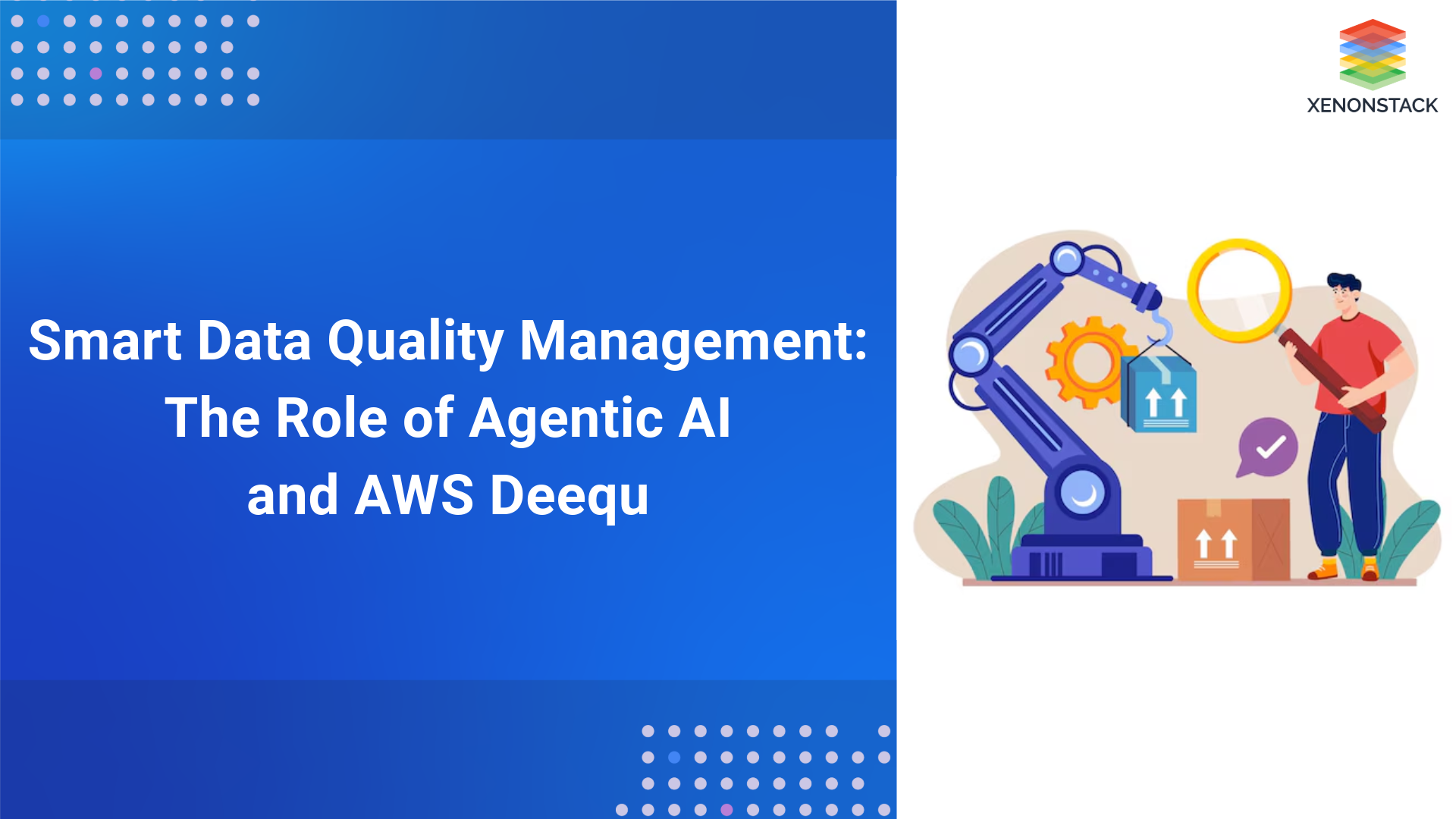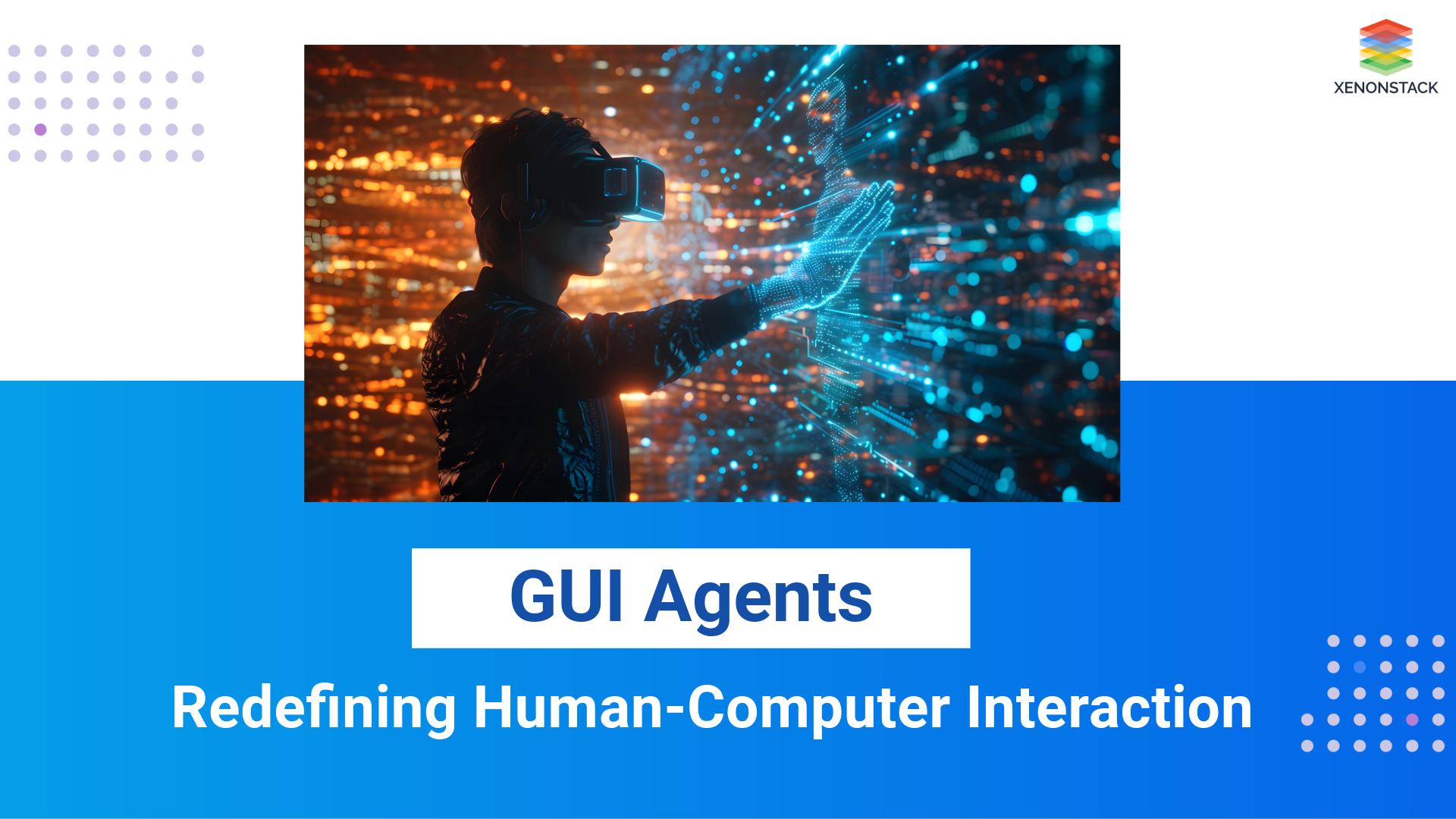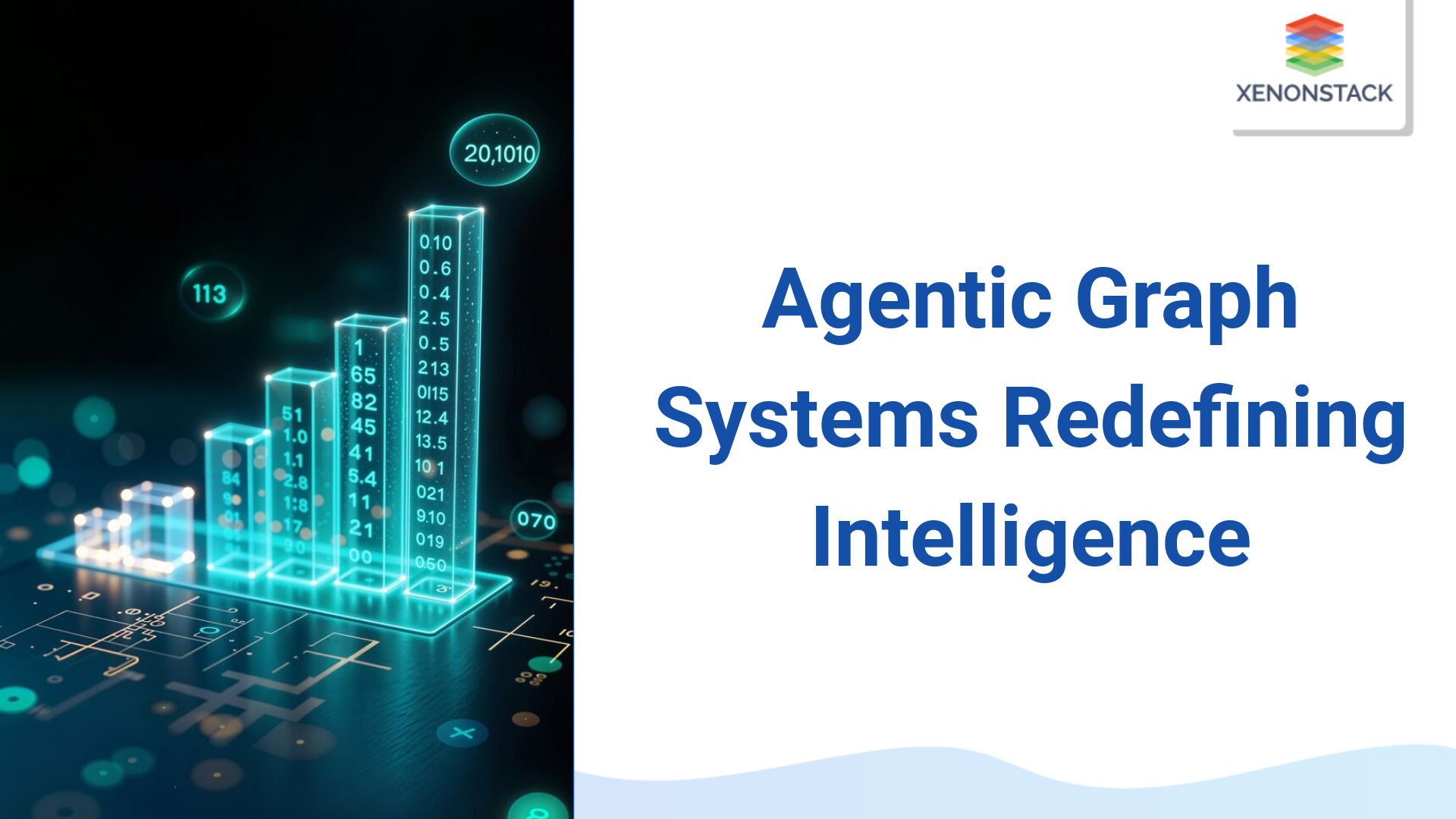The development of artificial intelligence (AI) and machine learning (ML) depends on model optimization, which has become especially vital for real-time dynamic systems. The AI inference pipeline landscape continues to evolve, so organizations require systems that can automatically optimize operations in response to shifting data conditions and real-time needs. Through the Databricks platform, organizations can implement powerful self-optimizing AI inference pipelines using Agentic AI to enhance performance without extensive manual intervention while automatically improving their capabilities over time.
This blog examines what self-optimizing AI inference pipelines involve, shows Agentic AI's capabilities to build these pipelines, and demonstrates how Databricks enables their effective scaling and optimization.
What Are AI Inference Pipelines and Why They Matter?
AI inference pipelines describe the operational framework whereby machine learning models generate results through predictions based on unfamiliar data input. AI inference pipelines embed several workflows to handle raw data first through processing before running pre-trained models that generate outputs. The application of AI inference pipelines extends across various industries for financial forecasting, healthcare diagnostics recommendation systems, and autonomous vehicles.
Traditionally deployed AI models have static parameters after their release for deployment. The algorithm demonstrates satisfactory initial outcomes, but its efficiency declines as time passes. The ongoing performance of models depends on their need for regular updates through optimization, retraining, or modification of their parameters. Self-optimizing AI inference pipelines serve as a solution for this problem.
Why Self-Optimization is Essential in AI Workflows
Under perfect circumstances, the usage of AI models would enable automatic adaptation to variations in input data and environmental changes. Self-optimizing pipelines automatically eliminate human interaction since AI systems now both monitor system performance and make autonomous adjustments for better outcomes across time.
Intelligent systems that are able to self-optimize provide dynamic adaptations to different data patterns through normalization processes, which deliver both stable accuracy levels and improved performance. Through automated model refinement, AI systems decrease operational needs, which results in increased efficiency and lasting cost savings.
 How Agentic AI Enhances Inference Pipelines
How Agentic AI Enhances Inference Pipelines
- AI Models that Adapt and Evolve: Computationally sophisticated Agentic AI models demonstrate independent decision capabilities to adapt their operations autonomously based on continuous learning from unattended real-world data. Agentic AI models distinguish themselves from traditional AI by gaining the ability to monitor their processing outcomes and acquire knowledge, which they transform into self-adjustments.
The framework of inference pipelines benefits from Agentic AI by allowing its models to optimize their performance throughout real-world data interactions. These models automatically select task-appropriate configurations between features and parameters while autonomously updating their process and making wise decisions concerning model usage at each step.
- Real-Time Decision Making with Agentic AI: Agentic AI provides real-time decision capabilities, which is a vital benefit of its framework. Insightful instant choices must be performed automatically in high-priority industries, including autonomous driving, fraud detection, and personalized healthcare. Real-time adjustments to inference pipelines happen through Agentic AI, which learns from incoming data to enhance prediction accuracy. When Agentic AI recognizes declining AI model performance caused by alterations in the data, it will initiate automatic model updates instead of requiring a preset training schedule.
The Role of Databricks in Scaling AI Pipelines
Databricks as the Ideal Platform for AI
The Databricks cloud system provides users with tools for managing extensive big data engineering processes together with machine learning procedures. The platform built with Apache Spark enables straightforward big data work and execution of complicated machine learning operations. The workspace connects data scientists with engineers and analysts through one platform so teams can create and launch AI models at higher speeds and better efficiency.
Clients can run distributed AI models on the platform, which accommodates TensorFlow, PyTorch, and Scikit-learn frameworks, among others. Through built-in cloud storage integration and data lake support, the solution merges seamlessly with popular storage systems to let businesses optimize the scalability of their AI pipelines.
Integration of Agentic AI with Databricks Workflows
Agentic AI-powered self-optimizing pipelines execute optimally within the Databricks ecosystem because of its extensive infrastructure capabilities. The scalable resource framework of Databricks provides optimal utilization of computational power during real-time model optimization procedures. Organizations using Databricks' powerful infrastructure can implement Agentic AI models, which perform well yet optimize autonomously without maintenance action from human operators.
Through its Agentic AI integration, Databricks enables an automatic model lifecycle that performs monitoring and autonomous deployment and retraining of models simultaneously. The platform allows users to execute inference workflows on a large scale with no impact on model performance quality or speed. Databricks delivers the essential infrastructure through built-in distributed training features and real-time inference capability for self-optimizing AI pipelines to succeed.
Key Self-Optimizing Mechanisms for AI Inference Pipelines
Autonomous Hyperparameter Tuning
The correct selection of hyperparameters for a machine learning model remains essential during optimization because it determines substantial model performance improvements. The technique of hyperparameter optimization in the past usually selected exhaustive algorithms among grid search and random search. Traditional algorithms demand important computational resources and extensive execution time.
Through Agentic AI-enabled self-optimizing pipelines, users can monitor performance metrics while the installed hyperparameter exploration and adjustment capabilities run autonomously to identify steadily improving parameter combinations in real-time. A self-developing automatic model adjustment system guarantees that models operate at their maximum efficiency potential during changes in data throughout time. The continuous model optimization conducted without human assistance through this system simultaneously minimizes the necessity for manual adjustments while boosting resulting AI model performance.
Continuous Model Performance Improvement
Within dynamic environments, AI models require the ability to adjust data patterns that continually shift. Real-time model performance detection facilitated by self-optimizing pipelines enables AI systems to both identify performance problems and implement immediate adjustments. When self-optimizing pipelines detect performance deterioration, they can activate model retraining while changing weights or choosing between model alternatives with inputs from live data streams.
Through perpetual monitoring, optimization, and adaptation processes, AI models maintain their accuracy rate in their target domains. Through its integration with Databricks AI technology, Agentic AI enables AI models to develop alongside data environment changes for tasks including predictive maintenance, personalized content recommendations, and fraud detection.
Challenges in Building Self-Optimizing Inference Pipelines
-
Data Drift and Model Decay: Self-optimizing AI inference pipelines must continuously adapt to data drift, where evolving data patterns degrade model performance over time. Model decay occurs when trained models lose relevance due to environmental changes or outdated data. Without proactive maintenance, failure rates increase, reducing model accuracy and decision reliability.
-
Automated Monitoring and Model Retraining: Implementing advanced monitoring systems and automatic retraining mechanisms is crucial for maintaining model performance. Unsupervised learning techniques can detect shifting data patterns, while Agentic AI enhances adaptability by automating model updates and mitigating performance deterioration.
-
Managing Computational Costs and Resource Efficiency: While self-optimizing AI pipelines improve efficiency, they also introduce computational cost challenges. Real-time inference, continuous optimization, and frequent retraining demand significant processing power, creating a resource strain. Organizations must balance operational costs with performance optimization to maintain cost-effective AI solutions.
-
Scalability and Infrastructure Optimization: Scalable cloud-based infrastructures like Databricks provide on-demand computational resources, preventing resource wastage and optimizing spending. Organizations must adopt a dynamic scaling strategy to ensure that computational resources align with fluctuating workloads without compromising efficiency.
-
Ensuring Model Robustness and Adaptability: To sustain high-performing AI pipelines, enterprises must employ adaptive frameworks that dynamically adjust to new data, integrate distributed model deployments, and implement resilient AI architectures. The right technological framework ensures an equilibrium between enhancing performance and resource efficiency, driving long-term AI success.
Real-World Use Cases for Self-Optimizing AI Inference Pipelines
AI Inference in Real-Time Decision Systems
Self-optimizing AI pipelines are essential for real-time decision-making, where rapid, data-driven choices are critical. These systems process live data streams to enable instant decision execution, ensuring accuracy and efficiency.
Autonomous Systems and Smart Vehicles
Agentic AI enhances autonomous vehicles by enabling adaptive responses to unpredictable road conditions and environmental changes. Self-optimizing AI ensures continuous learning, improving driving safety, efficiency, and real-time hazard detection.
Financial Fraud Detection and Cybersecurity
Real-time fraud detection systems use self-optimizing AI to analyze transaction patterns and detect anomalies. Agentic AI tracks evolving cyber threats, updating fraud detection models dynamically to counteract emerging attack strategies.
Supply Chain and Logistics Optimization
AI-driven supply chains leverage self-optimizing inference pipelines to manage fluctuating demands, optimize inventory distribution, and improve logistical efficiency. These systems adapt to market changes, reducing operational delays and cost inefficiencies.
AI-Powered Healthcare Systems
Self-optimizing AI enhances hospital management by dynamically adjusting resource allocation, patient care optimization, and medical diagnosis accuracy. AI-driven automation streamlines treatment planning while ensuring real-time adaptability to patient conditions.
AI Automation for Performance and Cost Efficiency
Agentic AI, in collaboration with Databricks, enables fully automated AI inference pipelines that self-adjust in real-time. This automation enhances continuous performance optimization, reduces the need for human intervention, and ensures maximum operational efficiency. Additionally, it delivers cost savings, improved decision-making, and broader applicability across industries.
The Future of Self-Optimizing AI with Databricks
The growing development of AI technology makes the use of Agentic AI for self-optimizing pipelines progressively significant. Agentic AI demonstrates strong potential to steer AI development in complex environments through its capability to make instant decisions while it learns independently and keeps improving models over time.
Powered by Databricks and Agentic AI, the self-optimizing AI inference pipelines create tomorrow's advanced AI systems by giving them the ability to enhance intelligence and effectiveness, plus the capability to respond instantly to evolving conditions. The innovations allow modern organizations to create AI systems that start strong now but develop further capabilities to address upcoming demands.




